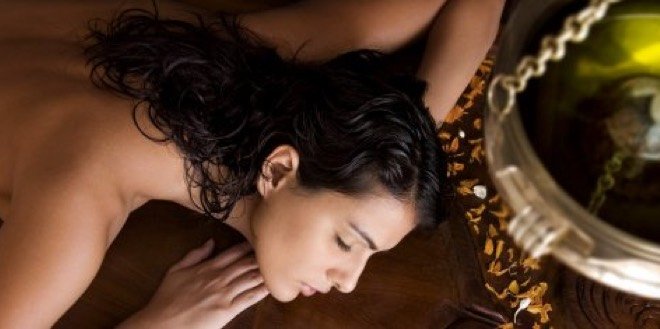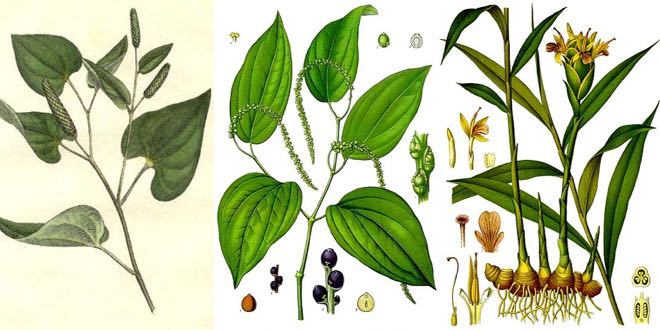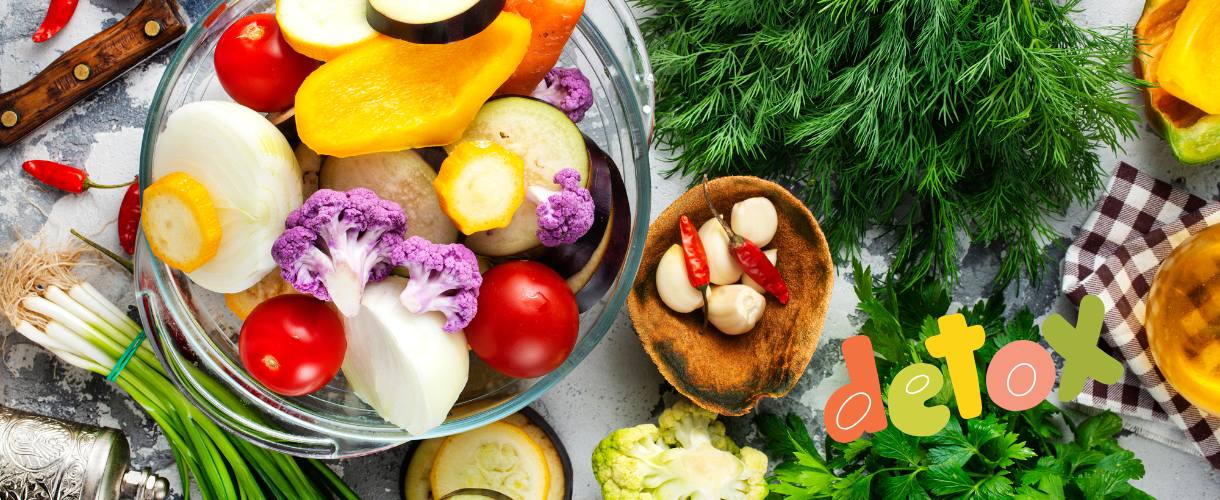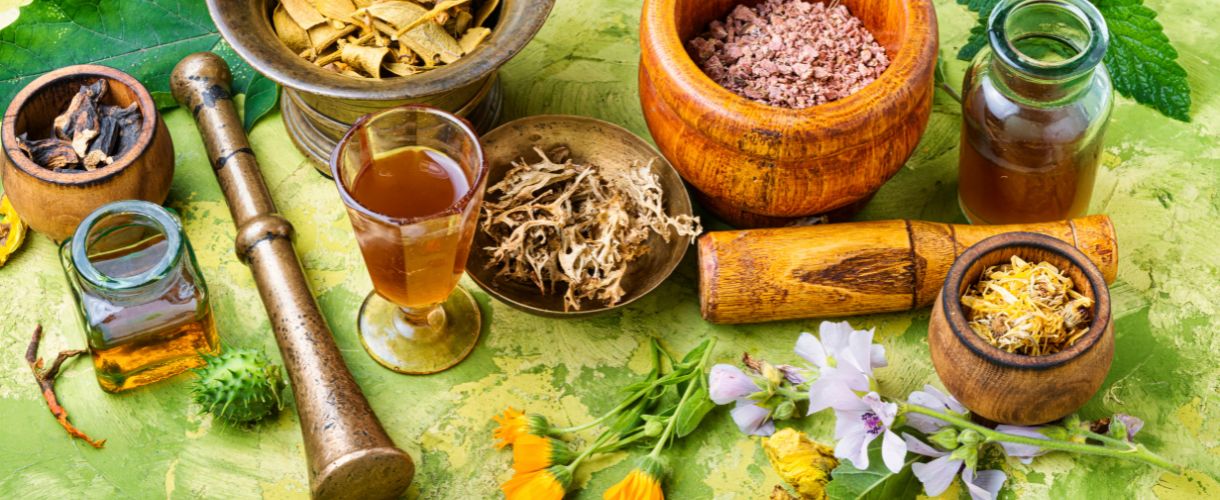
What is an Ayurvedic Lifestyle Consultant?
February 26, 2016
Trikatu
March 30, 2016Bone is a dynamic living tissue. it is constantly being broken down and rebuilt, a process known as remodelling.
Peak bone mass is reached between the ages of 25 and 35 years. After 35, bone mass is stable until, in women, it starts to drop with menopause. 6-18% of women between 25-34 years of age have ‘abnormally low’ bone density. Hip-fracture rates for white women in the US and Britain begin to rise abruptly between the ages of 40-44 much earlier than menopause begins. This drop occurs more slowly in males.
Bones become porous, or less dense, with age. As we age, the mineral-rich, internal part of bone breaks down faster than it is rebuilt. It should not be treated as disease unless you experience one or following multiple symptoms over a period of time:
- Bone fracture
- A gradual loss of height
- A rounding of the shoulders
- Gum inflammation and loosening of the teeth
- Acute lower backache
- Swelling of a wrist after a minor fall or injury
- Trouble with nail, hair, teeth, gums, joints, or back
- Nocturnal leg cramps
- Rheumatoid arthritis
- Restless behaviour,
The word osteoporosis simply means ‘porous bones’. Persons with osteoporosis suffer from a loss in bone mass and bone strength at a higher rate than expected with aging. Their bones become weak and brittle which makes them more prone to fracture. Any bone can be affected by osteoporosis, but the hips, wrists and spine are the most common sites.
Ayurveda and Osteoporosis
From the Ayurvedic perspective, any vata imbalance or disease pattern in the bods indicated by any one of the symptoms such as stress, anxiety, constipation, dry skin, hypertension, restlessness, insomnia, PMS or many menstrual disorders, Irritable bowel syndrome and Inability to relax and so on. Some of the behavioural patterns that can create a vata imbalance in the body are:
- when a person is under stress or reacting to stress with anxiety
- physical exhaustion; mental strain and overwork without giving the body a chance to relax and rejuvenate
- addictive patterns
- lack of sleep
- suffering emotionally from grief, fear or shock
- travelling (flying or long car journeys)
- stringent diets
- eating cold, raw or dry foods frequently
- living in a cold, dry and windy weather.
Osteoporosis is one of the natural processes that occur with age, however, vata body type individuals or people in the vata stage of life, are likely to experience loss of bone density at a higher rate. Consequently the risk for osteoporosis will be higher in a person of vata body, old people and women after menopausal age. For women, a regular menstrual cycle is important for building and maintaining bone strength throughout a woman’s reproductive years.
Risk Factors for Osteoporosis
Certain risk factors that increase the likelihood of developing and aggravating osteoporosis include:
- Being female. Women are four times more likely to develop osteoporosis than men. Though most women start to think about bone loss only at menopause, it often begins years before. 50%of the bone loss over their lifespan is lost before menopause even begins. The reasons could include:
- Women’s bones are generally thinner and lighter.
- They live longer than men.
- They have rapid bone loss at menopause due to a sharp decline of oestrogen.
- Natural menopause before age 40;
- A hysterectomy which includes removal of both ovaries with no hormone replacement therapy (HRT)
- A lack of, or irregular menstrual flow.
- Oestrogen/ progesterone deficiency
- Having a thin, small framed body
- Heredity and Race – the risk increases if there is a history of osteoporosis and/or bone fractures in your family. Some races, for example Caucasians are at a higher risk than Asians and African Americans.
- Lack of physical activity especially activities such as walking, running, tennis and other weight-bearing exercises.
- Lack of Calcium and Vitamin D, Magnesium and other mineral deficiencies from a modern diet of processed foods.
- Cigarette smoking and Excessive Alcohol – Heavy drinkers and smokers often have poor appetite and poor nutrition.
- Taking certain medicines such as corticosteroids (anti-inflammatory drugs used to treat asthma, arthritis, lupus, etc.) and aluminium containing antacids such as Rolaids or Di-Gel., anti-seizure drugs and overuse of thyroid hormones.
- Hyperthyroidism, hyperparathyroidism, and certain forms of bone cancer, anorexia nervosa, scoliosis and gastrointestinal disease.
- Malabsorption of nutrients as a result of antibiotic use
- High Fat, high protein diet
Traditional Treatment includes:
- Medical management, especially if you are at a high risk of getting the disorder. Doctor may prescribe hormone replacement therapy (HRT) and/or calcium. These are recommended to prevent fractures from osteoporosis if taken during or soon after the start of menopause and then on a continual basis. HRT does not rebuild bone, but it is supposed to prevent further bone loss. New research on HRT is bringing question mark on this method.
- Surgery, such as hip replacement, if necessary.
- Dietary and lifestyle measures.
Natural Dietary and Lifestyle Measures
Natural approaches to osteoporosis treatment are to focus on supporting the body’s dynamic, bone rebuilding process, and not on replacing the natural and healthy decline of oestrogen during menopause. To prevent or slow osteoporosis, take these steps now:
Consume a diet high in complex carbohydrate, and relatively low in fat and protein.
If you are non-vegetarian, limit your servings of red meat to lean cuts, no more than three times per week (Red meat is very high in phosphorous, as is soda. High phosphorous intake extracts calcium from bones). To keep calcium/phosphorous levels in balance, concentrate on eating dark green, leafy vegetables.
Calcium
Plan to get enough calcium every day. If our diets were mostly whole grains, greens, beans and vegetables, our bones would be more apt to stay healthy on relatively less calcium, as long as we also exercised and got out in the sun for vitamin D. Some high calcium foods include: Milk, yogurt and cheeses. Soft-boned fish and shellfish, such as salmon with the bones, sardines and shrimp. Vegetables such as dark green, leafy vegetables, broccoli, kale, collards. Beans and bean sprouts, as well as tofu (soy bean curd, if processed with calcium). Calcium-fortified foods such as some orange juices, apple juices and ready-to-eat cereals and breads.
Vitamin C
is involved in collagen synthesis and repair and is found in Citrus fruits.
Magnesium
It is found in organically grown vegetables, whole grains, seaweed (kelp) and meats such as turkey. Over-consumption of processed food, such as refined grains or too few dark green leafy vegetables is usually the culprit in magnesium deficiency.
Boron
The minimum dose of boron needed per day is easily met with a daily diet rich in fruit, nuts and vegetables.
Beta Carotene
Vitamin A promotes a healthy intestinal epithelium and promotes strong joints, which is important for optimal absorption of nutrients. It is found in yellow and orange vegetables e.g. pumpkin, carrots, leafy vegetables and broccoli.
Exercise
The average Australian sits for 11 hours a day. This is what happens while you’re sitting:
- Muscles deteriorate, fat loss slows and calorie burning drops to 1 calorie per minute
- Blood flow dips, LDL and triglycerides clog your arteries and heart attack risk jumps by 125%
- Sugar piles up in your blood, insulin skyrockets and diabetes risk shoots up by 90%.
Your body receives the signal that it’s time to shut down, so it starts preparing you for death. If we also sleep an average of 7 hours a day, that’s 18 hours of not moving. And since most of us are working those other 6 hours (or more), most of us can’t find the time to workout, burn fat, and prevent this bodily decay.
Yet, you must follow a program of regular, weight-bearing exercise at least three or four times a week. Beneficial examples include: walking, jogging, cycling, weight training, low-impact or non-impact aerobics, and anything that places weight on the bones, twenty minutes, five times per week, or thirty minutes three times per week.
Pay attention to your posture. Keep your back straight when you sit, stand and walk.
Take measures to prevent falls and injury to your bones.
Avoid
Do not smoke and limit alcohol consumption.
Smoking makes osteoporosis worse. Smokers, together with those who consume two or more alcoholic drinks daily, are at highest risk of osteoporosis. Smoking poisons the ovaries.
Avoid cola or soda and soft, fizzy drinks
These are too high in phosphate, which directly interferes with calcium absorption.
Ayurvedic Treatment for Osteoporosis
Ayurveda focuses on balancing the doshas, especially vata dosha, and ensuring that the tissues (dhatus) are free of toxcicity (ama), to enable the body’s homeostatic mechanisms more efficiently help our metabolism adjust to a natural aging process. When the body’s natural healing ability is strengthened, and causal and root imbalances in basic bodily functions are removed, the bone rebuilding process will be positively influenced.
Ayurveda recommends:
Detoxification and balancing the doshas, especially vata dosha, using Purvakarmaand Basti treatments.
The detoxification (panchakarma) treatment consists of internal oleation, namely snehana, fomentation, or bashpa swedana, lower back oil pooling, or kati basti, and a steady, thread-like stream of oil, poured on the forehead, known as shiro dhara. This is followed by an appropriate purge to remove all the offending, vitiated doshas from the body systems, then followed by basti with herbal oil to pacify vata (vata shamak or dashmoola) for the vitiated vata dosha.
Food supplements and rejuvenators such as Shatavari (Asparagus racemosus), Ashwagandha (Withania somnifera) and Bala (Sida cordifolia), Amalaki (Emblica officinalis) should be taken in the powdered form in the dose of 2-3gm daily.
Shatavari and vidari mixed in equal parts, or just shatavari taken on regular basis (1/2 tsp twice daily)
with warm milk, help to make up for oestrogen in the metabolic cycle. These herbs are food precursors of oestrogen and progesterone.
Self massage or abhyanga, using sesame oil, for vata pacification.
Ashokarishta
Ashoka bark has silica, sodium, potassium, phosphate, magnesium, iron, and calcium among others. It is used for many uterine disorders and is a good herb during the time of menopause.
Dashamularishta
Dashmoola is used for vata pacification.
These preparations should be taken after consulting an Ayurvedic consultant.
Daily chewing a handful of sesame seeds in the morning provides at least 1200 mg of natural calcium. These seeds won’t clog arteries, as dependence upon calcium from dairy products may do. One part black or white sesame seeds, half part shatavari, with ginger and raw sugar added to taste is good for the bones.
The vata pacifying diet includes warm, heavy, moist and slightly oily food that give you strength.
Frequent small meals, mildly spiced and with only a few different types of foods per meal are recommended.
– Don’t eat when you are nervous or worried.
– If possible eat with your friends/ family.
Amalaki is a rejuvenator (rasayana) for the bones, nourishing the bones, strengthening the teeth, causing hair and nails to grow. Five gm powder in one cup of water, twice a day is used as a general tonic.
Triphala can be used on regular basis as a tridoshic tonic.
Few diet/ lifestyle aspects to complement the beneficial effect of Ayurvedic Medicines:
– Consume more of calcium-rich foods such as milk and spinach, avoiding red meat at the same time.
– Nourish yourself with whole, natural foods.
– Avoid fats such as margarine and saturated fats such as cheese. Instead use ghee, butter or unsaturated fat such as sunflower and corn oils.
– Make exercise a daily routine (after consulting your doctor) to keep yourself fit
– Limit your intake of tea or coffee to a maximum of one or two cups daily, but avoid completely if possible.
– Practise yoga and meditation for calming effects and mind control. If osteoporosis has begun to develop, yoga as exercises should be done gently, with care, to overcome a real danger of breaking a bone.
– Develop a positive approach towards menopause and life in general.
– Avoid smoking and drinking alcohol.
– Excess Vata (air) may also be reduced to proper levels by having regularity of routine, providing the body adequate rest, meditation and using vata pacifying essential oils.






